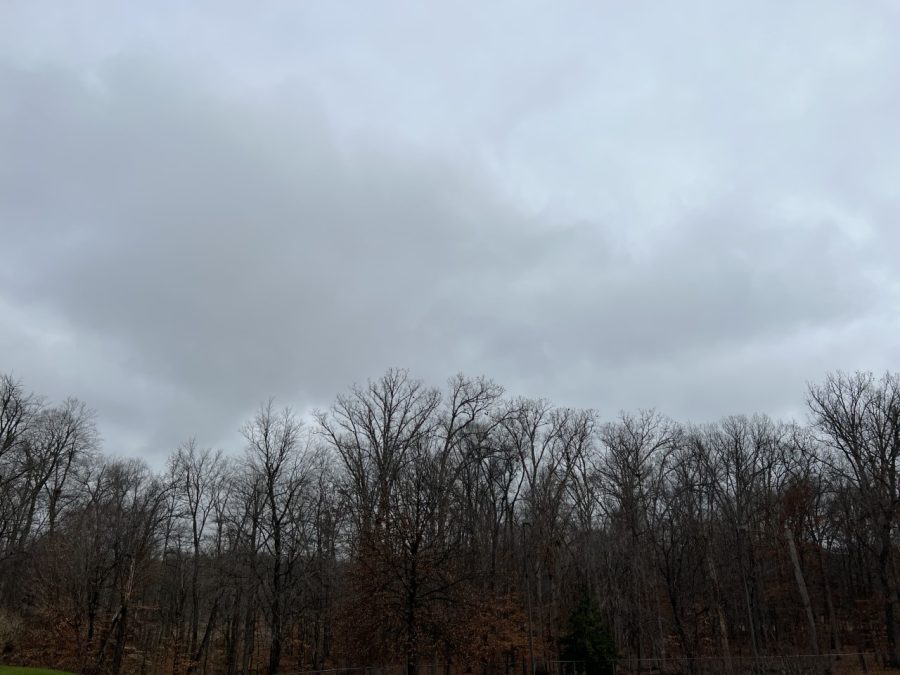Seasonal Affective Disorder In Students
During the winter months, people, especially students, begin to develop Seasonal Affective Disorder, also known as seasonal depression.
Have you ever felt down in the winter? Has it happened for several years? Is it just a case of the winter blues, or could it be Seasonal Affective Disorder (SAD)? SAD is a type of depression that affects people during certain times of the year. It occurs during the winter months when the days get shorter and darker. If you’ve felt symptoms of depression during the winter months for several years, it is possible that you are suffering from SAD.
Seasonal affective disorder, or SAD, is when a person is affected by depression, but only during specific times of the year. SAD is commonly referred to as seasonal depression. A person with SAD becomes depressed during the fall and winter as a result of shorter and darker days. Because SAD is caused by the brain’s response to seasonal changes in daylight, once the days begin to get longer and brighter again, the depression will lift. According to an article published in the CollegiateParent by Alyssa Abel, “The reduction in sunlight in winter can throw the body off balance and lead to winter-onset SAD.”
The symptoms of SAD are the same as you would see in a person with major depression. Some of the most common symptoms of SAD include a depressed mood, withdrawal, a severe lack of energy, disinterest in activities, irritability, and a lack of motivation. In an article from TimelyMD, Doctor of Philosophy Jan Hall said, “SAD symptoms can vary from mild to severe and can include many symptoms similar to major depression.”
During the winter, several people are affected by what is called winter blues. Having the winter blues is not the same as having SAD. People with winter blues may face similar symptoms to SAD like sadness, lack of motivation, and trouble sleeping, but these symptoms are much less severe than someone with SAD. According to an article in Verywell Mind, the writer Kristen Fuller said, “The winter blues are temporary, common, and require no treatment.”
SAD usually develops in people that are in their early 20s, but younger or older people develop it too. As you get older, the likelihood of developing SAD decreases. Although women are more likely to have SAD, men who develop it can suffer from more severe symptoms. According to an article from the American Academy of Pediatrics, “People with a family history of SAD are at a higher risk of developing SAD.”
Some of the best things to do to help treat SAD are to seek light therapy, create a balanced routine, get plenty of outdoor exercise, prioritize your well-being, or visit a doctor. Sometimes, people receive the most support from spending their time with family and friends who know what they’re going through. “They can help you feel connected and cared about,” said writer D’Arcy Lyness.


